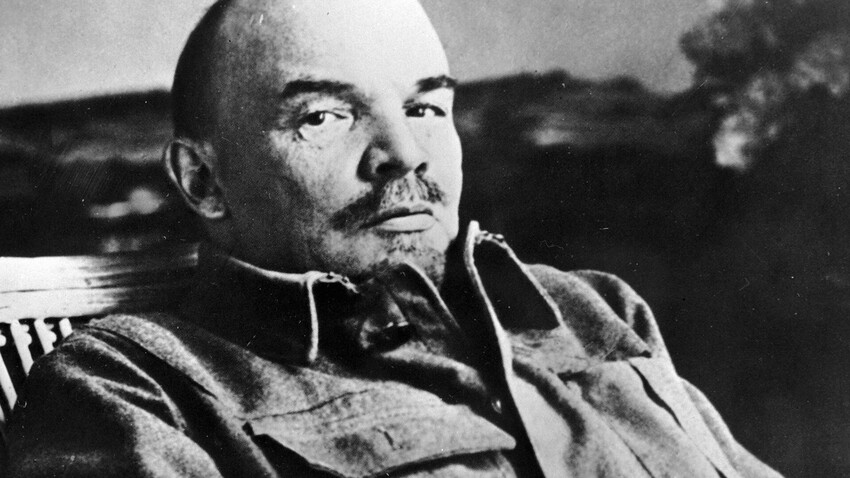
Lenin in his Gorki estate, 1922
Sputnik"When Lenin was a little curly-headed boy…" This popular Soviet phrase was inspired by this 1874 photo of 4-year-old Vladimir Ulyanov (Lenin's real last name) with his sister Olga. A fragment from this portrait was also placed on a ‘Little Octobrist’ badge.
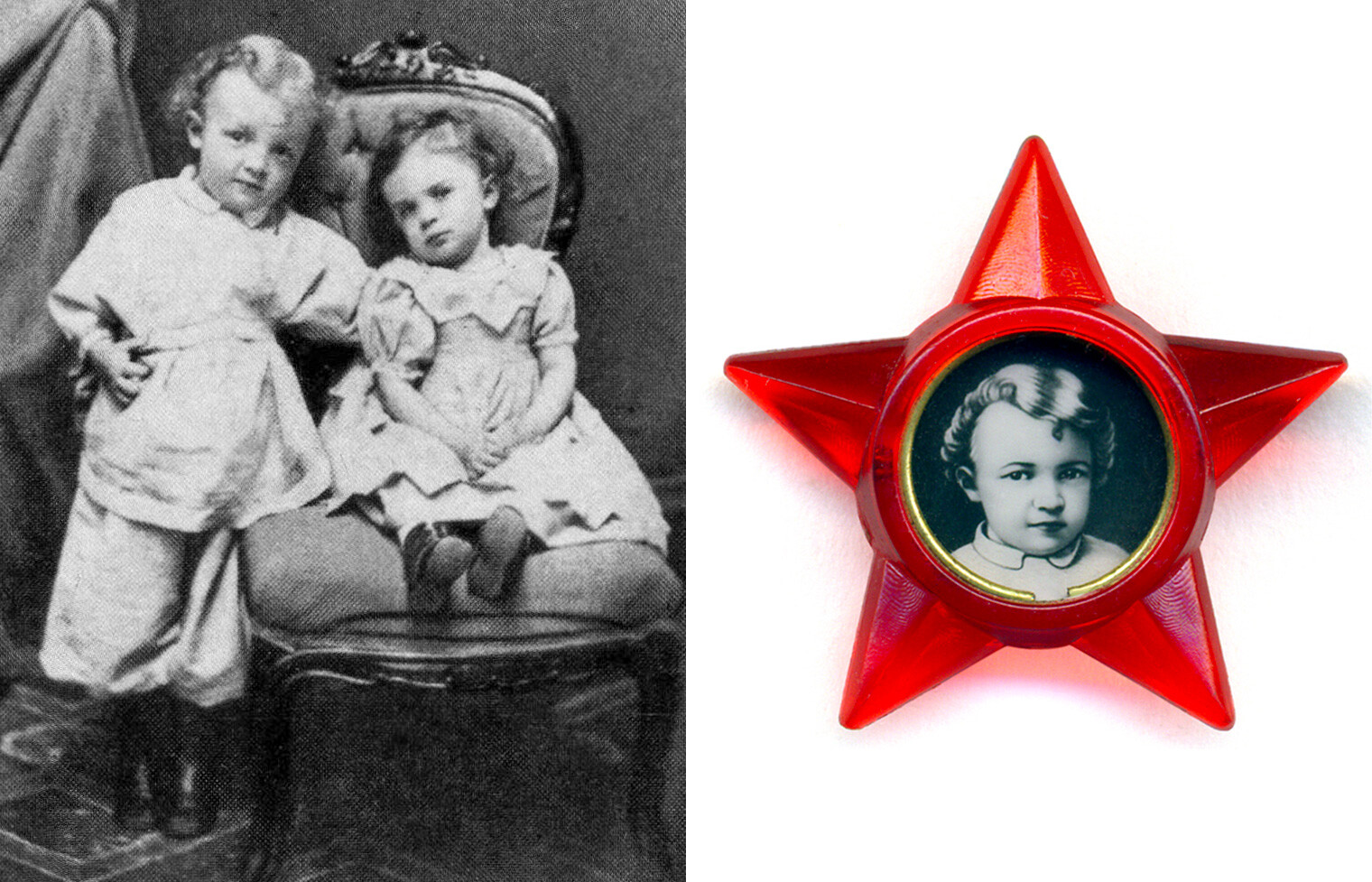
Lenin had an excellent memory and an insatiable appetite for knowledge. He graduated from gymnasium with a gold medal and enrolled in the Law Faculty at Kazan University. The below photo is from the 1887 graduating class book.
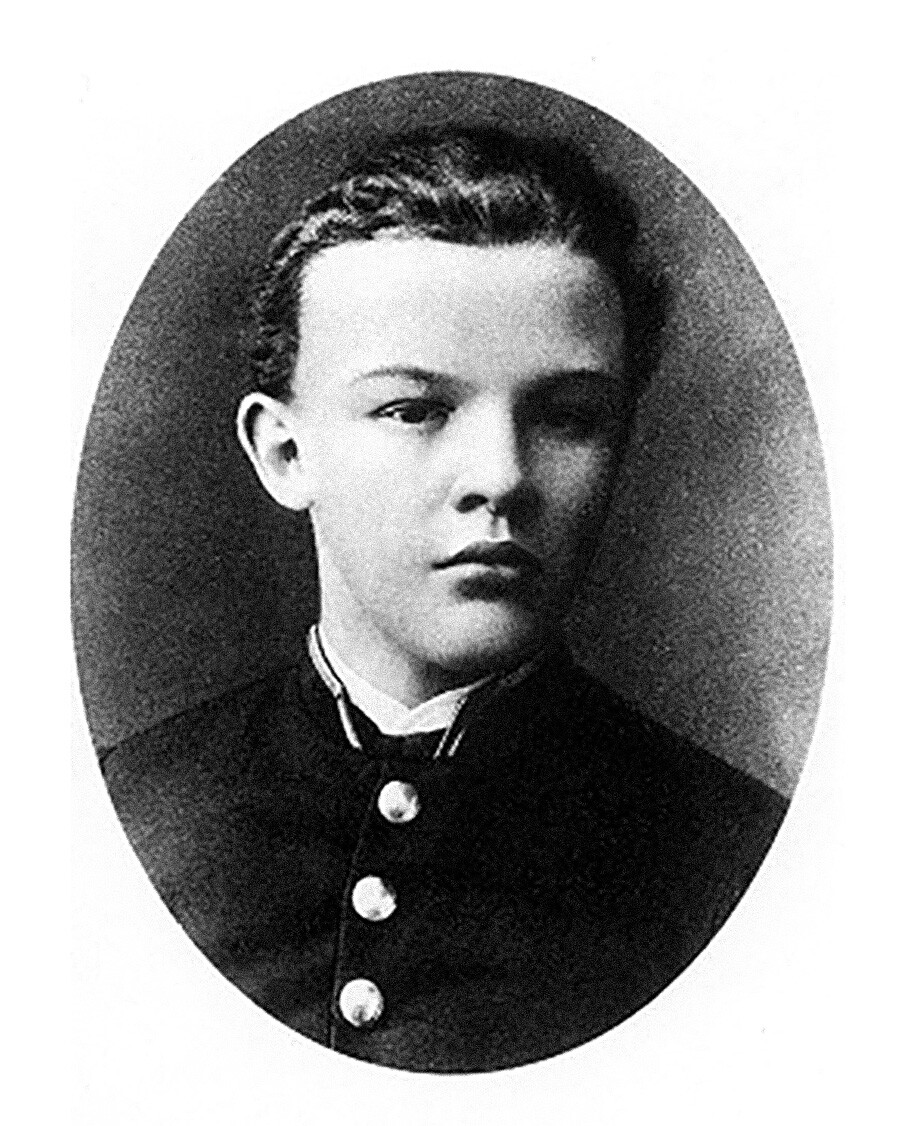
Lenin joined revolutionary circles after graduating in 1887. At that time, his life was in for a shock, as his older brother was executed on charges of plotting to assassinate the emperor. For taking part in student riots, Lenin was expelled from Kazan University. Later, he was allowed to pass external exams at St. Petersburg University's law faculty. The following photo shows Lenin sitting on the steps at a meeting of the Comintern Congress, 1921.
In 1893, Lenin moved to St. Petersburg, actively studied economics and hung out with other revolutionaries. He then met his future wife Nadezhda Krupskaya and was imprisoned for more than a year. Upon his release, he was sent into Siberian exile and the couple married, so that Krupskaya could follow him. Below is a photo with Krupskaya, 1922.
In Siberian exile, he wrote many articles about Russia's economics. In 1900, Lenin went to Europe and established the ‘Iskra’ newspaper. There, for the first time, he used his pseudonym 'Lenin' (read more on how he came up with it here). Below is a portrait taken in 1905.
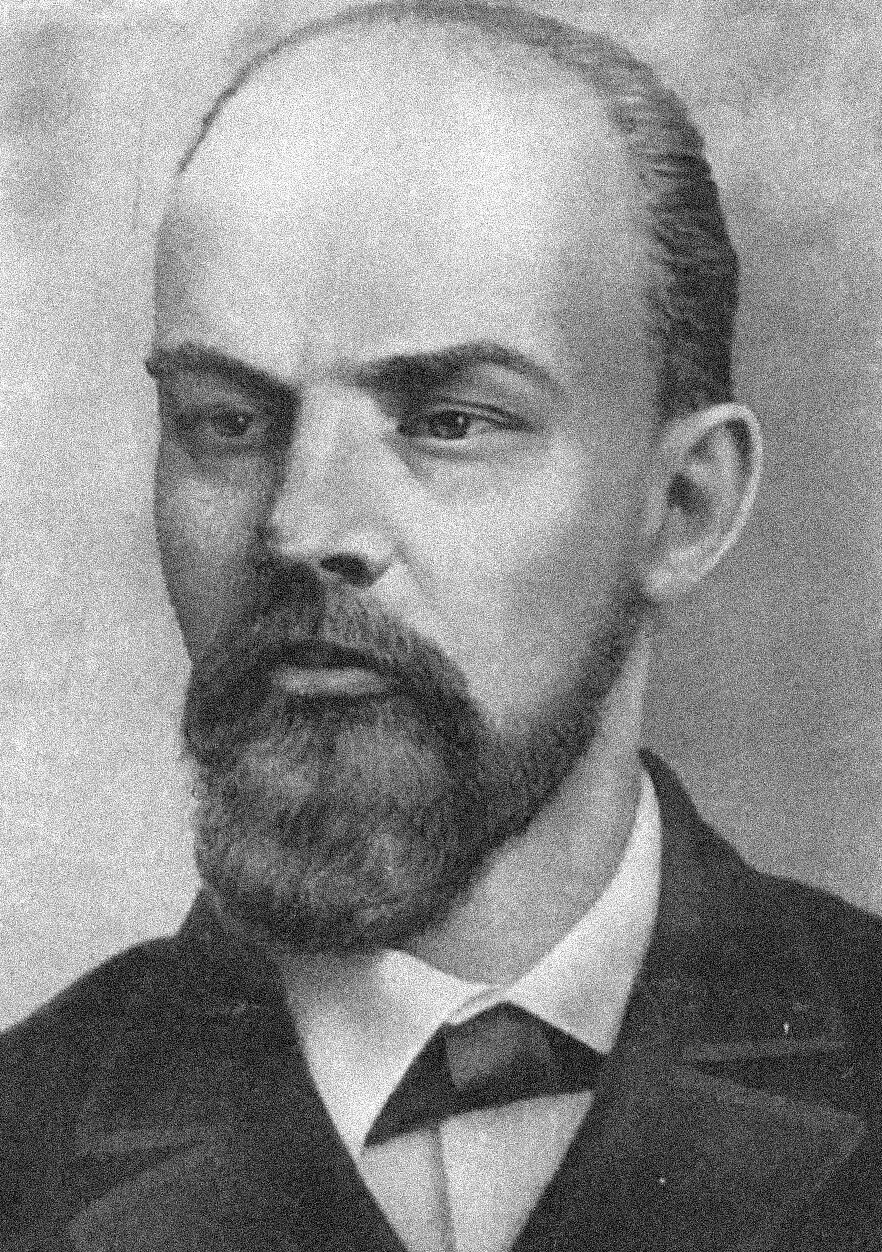
In Europe, Lenin attended congresses of the Russian Social Democratic Labor Party (RSDLP). He was immediately radicalized toward socialist revolution and the dictatorship of the proletariat. And, this way, he headed the Party's “majority” faction, which would be later called ‘Bolshevik’. Lenin also actively supported the first Russian Revolution of 1905-1907. The photo below is from 1914.
In 1912, Lenin launched the ‘Pravda’ newspaper in St. Petersburg and remotely managed its publication. At the beginning of World War I, he was arrested in Austria-Hungary on suspicion of spying in favor of Russia. He was only released from prison in 1916. Below photo: Lenin reading a copy of the ‘Pravda’ newspaper, 1919.
Lenin believed that Russia had entered the First World “imperialist” war in vain. He openly wished his country to be defeated, in order to build a new system on the wreckage of the monarchy. At the same time, the February Revolution of 1917 was a surprise for Lenin. The below photo shows Lenin in 1917, in makeup and wig, which helped him return to Russia safely.
In April in Petrograd (former and current Petersburg), Lenin announced his famous ‘April Theses’, in which he called for the end of the war (and the beginning of a Civil War) and the transfer of power to the Soviets. In October 1917, he initiated the arrest of the Provisional Government and, with this, the October Revolution began. The following photo shows Lenin in his office, 1918.
That same year, the capital was transferred to Moscow and Lenin and the government moved right into the kremlin. On August 30, 1918, revolutionary Fanny Kaplan attempted to assassinate Lenin and severely wounded him. This would later have a detrimental effect on the leader's health. The photo below shows Lenin within the kremlin walls, 1918.
In 1918-1920, Russia was in the midst of a bloody Civil War and Lenin commanded a "merciless mass terror" against rich peasants, priests and monarchist officers, as well as sending all "suspicious" people to concentration camps. This photo shows Lenin addressing the Red Army in 1920.
At the end of 1922, the Soviet Union was established. Stalin proposed that the Soviet republics would join Russia as autonomous republics, but Lenin rejected the idea. He decided that the Soviet republics should join the Union together with the Russian Republic as independent and equal. The photo below shows Lenin and Stalin in 1922. (Read more: How was the USSR formed?)
In 1923, Lenin's health worsened and he moved to his Gorki Estate near Moscow, where he spent the rest of his life. The leader died on January 21, 1924. According to the official conclusion, "the basis of the disease of the deceased is a widespread atherosclerosis of blood vessels on the grounds of premature wear and tear". The photo below was taken in 1923 and is one of the last to be taken of him.
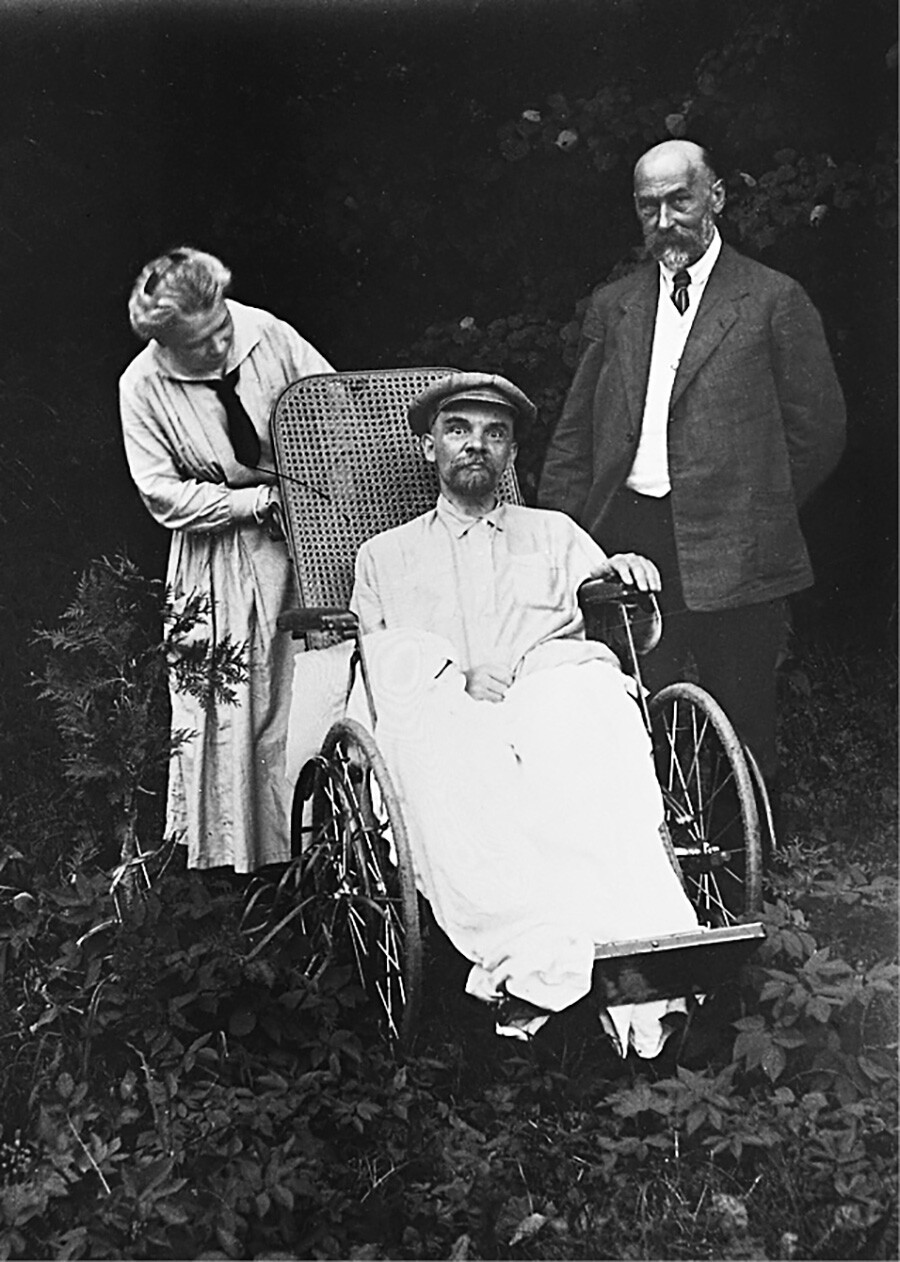
Dear readers,
Our website and social media accounts are under threat of being restricted or banned, due to the current circumstances. So, to keep up with our latest content, simply do the following:
If using any of Russia Beyond's content, partly or in full, always provide an active hyperlink to the original material.
Subscribe
to our newsletter!
Get the week's best stories straight to your inbox